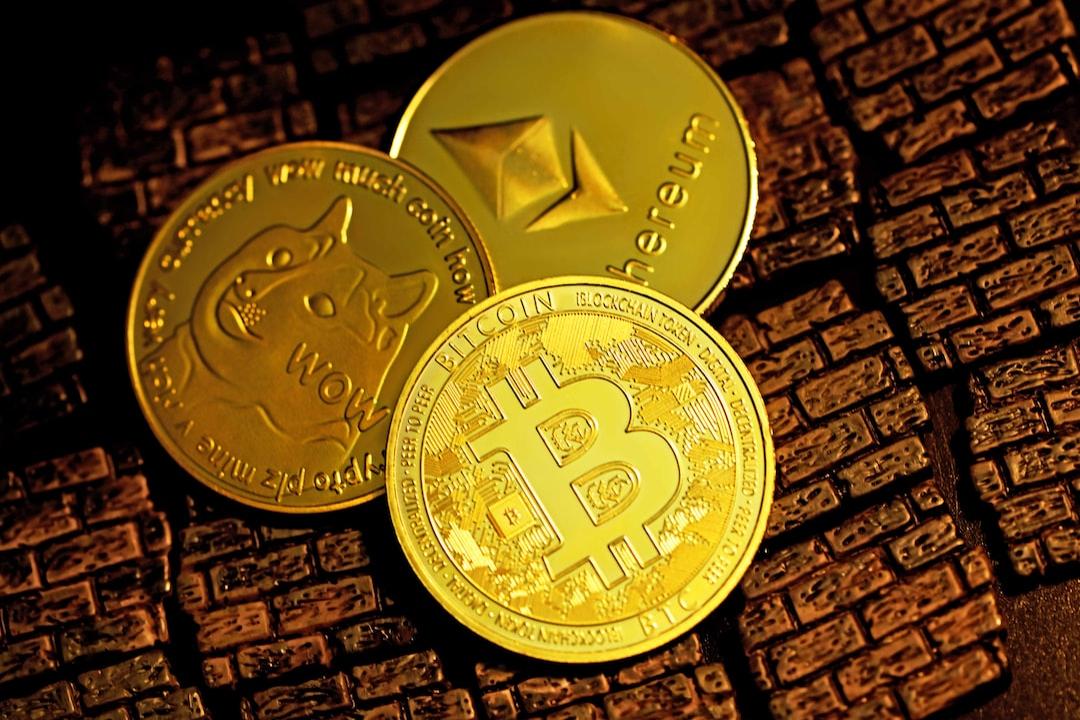With the abundance of cryptocurrencies available, it can be overwhelming to choose which ones to invest in. Some cryptocurrencies have established their reliability over the years, while others are gaining attention with innovative advancements. Currently, three cryptocurrencies are standing out: Tezos, Kaspa, and Qubetics ($TICS). Each of these projects brings something unique to the table, such as self-amending blockchains, high-speed transactions, or decentralized privacy solutions. But which one holds the most potential for 2025?
Qubetics is particularly disrupting the market with its decentralized VPN (dVPN), offering users and businesses a censorship-resistant and private way to browse the internet. As the Qubetics presale gains traction, investors are recognizing its potential for significant gains. While Tezos and Kaspa continue to evolve in their respective areas, Qubetics is positioning itself as one of the top cryptocurrencies to watch due to its real-world applications that address major digital privacy concerns.
Qubetics Is Revolutionizing Privacy With Its Decentralized VPN
Online privacy is no longer a luxury but a necessity. With concerns about government surveillance, data breaches, and censorship on the rise, the demand for secure and private internet access is skyrocketing. This is where Qubetics comes in with its decentralized VPN (dVPN), which is a game-changer for users and businesses that require secure online communication.
Unlike traditional VPNs that rely on centralized servers that can be hacked, censored, or monitored, Qubetics’ dVPN operates on a decentralized peer-to-peer network. No single entity has control over it, making it nearly impossible for anyone to track, restrict, or log user activity. This is particularly significant for individuals living in countries with strict internet censorship, as it allows them unrestricted access to information. It also revolutionizes communication for businesses dealing with sensitive data, such as law firms, financial institutions, and remote workers handling confidential client information.
For example, imagine a journalist covering a politically sensitive issue in a country with heavy internet restrictions. A traditional VPN might fail if the government blocks its servers, but Qubetics’ dVPN, being decentralized, remains accessible. Similarly, a financial firm conducting large transactions can ensure secure communication between employees without worrying about data leaks or surveillance. These real-world applications make Qubetics more than just another blockchain project—it is a necessity in today’s digital world.
Qubetics Presale Is Gaining Momentum With Massive ROI Potential
The Qubetics presale is causing a frenzy, and for good reason. The project is currently in its 21st presale stage, with each stage lasting seven days and ending every Sunday at midnight. After each stage, the price increases by 10%, providing substantial rewards for early investors. Currently, $TICS is priced at $0.0733, and over $12.3 million has already been raised, with more than 466 million tokens sold to over 19,300 holders.
Analysts are making bold predictions, and the numbers are impressive. By the end of the presale, $TICS is expected to reach $0.25, resulting in a 240.64% return on investment (ROI). But that is just the beginning. If $TICS reaches $1 after the presale, the ROI would be a staggering 1,262.56%. And if it climbs to $10 after the Q2 2025 mainnet launch, investors could see a mind-blowing 13,525.66% return, making it one of the top cryptocurrencies to watch this year.
To provide some perspective, let’s say an investor puts $200 into Qubetics at the current price of $0.0733 per token. This investment would get them approximately 2,729 $TICS tokens. If the price reaches $1 post-presale, that $200 investment would be worth $2,729. And if $TICS skyrockets to $10, that same investment would turn into $27,290. These numbers explain why so many investors are rushing to join the Qubetics presale before the next price increase.
Tezos Keeps Evolving With Its Self-Amending Blockchain
Tezos has been in the crypto space for years and is known for its ability to upgrade itself without hard forks. Unlike blockchains that require significant overhauls to improve, Tezos can evolve seamlessly through on-chain governance, where token holders vote on upgrades. This ensures that the network remains efficient, secure, and adaptable to future advancements.
Developers and businesses appreciate Tezos because it provides a stable platform for building decentralized applications (dApps) and smart contracts. Recently, Tezos activated its 17th protocol upgrade on January 20, 2025, introducing an 8-second block time, which significantly enhances transaction speed. This development makes Tezos even more attractive for high-speed applications, ranging from finance to gaming.
Another factor contributing to Tezos’ adoption is its commitment to sustainability. Unlike Bitcoin, which relies on energy-intensive mining, Tezos uses a proof-of-stake (PoS) consensus mechanism, making it eco-friendly. With ongoing upgrades and a strong developer community, Tezos remains a reliable blockchain for long-term adoption.
Kaspa Is Making Waves With Blazing-Fast Transactions
Speed is crucial in the world of cryptocurrency, and Kaspa is setting new standards with its cutting-edge GHOSTDAG protocol. Traditional blockchains process transactions one block at a time, but Kaspa’s technology allows parallel blocks to coexist and be ordered in consensus. This results in incredibly fast confirmation times and high throughput.
Currently, Kaspa operates at a rate of one block per second, but the team has ambitious plans. They aim to increase this rate to 32 blocks per second and eventually reach 100 blocks per second, making it one of the fastest blockchains in existence. This advancement is a game-changer for industries such as gaming and finance, where speed is of utmost importance.
Since Kaspa is open-source and community-driven, its development is continually evolving. The project’s focus on scalability and efficiency positions it as a strong contender in the blockchain space, particularly for applications that require lightning-fast transactions.
The Future Looks Bright for These Three Cryptos
As the cryptocurrency market continues to evolve, Qubetics, Tezos, and Kaspa are proving to be some of the top cryptocurrencies to watch. Each project brings something unique to the table—Qubetics with its revolutionary decentralized VPN, Tezos with its self-upgrading blockchain, and Kaspa with its next-level transaction speeds.
Qubetics, in particular, is capturing investors’ attention with its real-world applications and impressive presale numbers. With analysts predicting significant ROI potential, the fear of missing out (FOMO) surrounding $TICS is real. While Tezos and Kaspa continue to make their mark, Qubetics is emerging as a project to watch closely due to its substantial growth potential. Those looking to capitalize on this wave may want to join the Qubetics presale before the next price surge.
For More Information:
Qubetics:https://qubetics.com/
Telegram:https://t.me/qubetics
Twitter:https://twitter.com/qubetics
FAQs
What is Qubetics’ decentralized VPN?
Qubetics’ dVPN is a blockchain-powered VPN that operates on a decentralized network, ensuring privacy, security, and resistance to censorship without relying on a central authority.
How does Tezos’ self-amending protocol work?
Tezos allows seamless upgrades through on-chain governance, allowing stakeholders to vote on protocol changes without causing hard forks, ensuring long-term stability.
What makes Kaspa’s GHOSTDAG protocol unique?
Kaspa’s GHOSTDAG protocol enables multiple parallel blocks to coexist, allowing for ultra-fast transactions and high scalability compared to traditional blockchains.
Disclaimer: TheNewsCrypto does not endorse any content on this page. The content depicted in this Press Release does not represent any investment advice. TheNewsCrypto recommends our readers to make decisions based on their own research. TheNewsCrypto is not accountable for any damage or loss related to content, products, or services stated in this Press Release.


